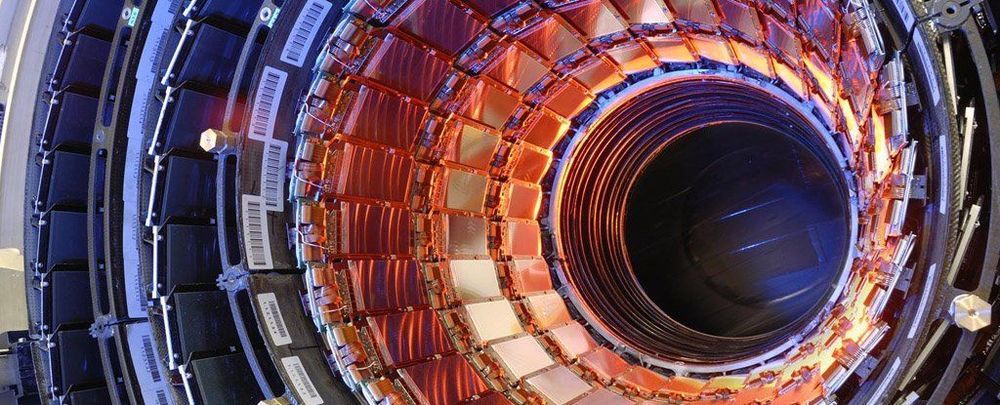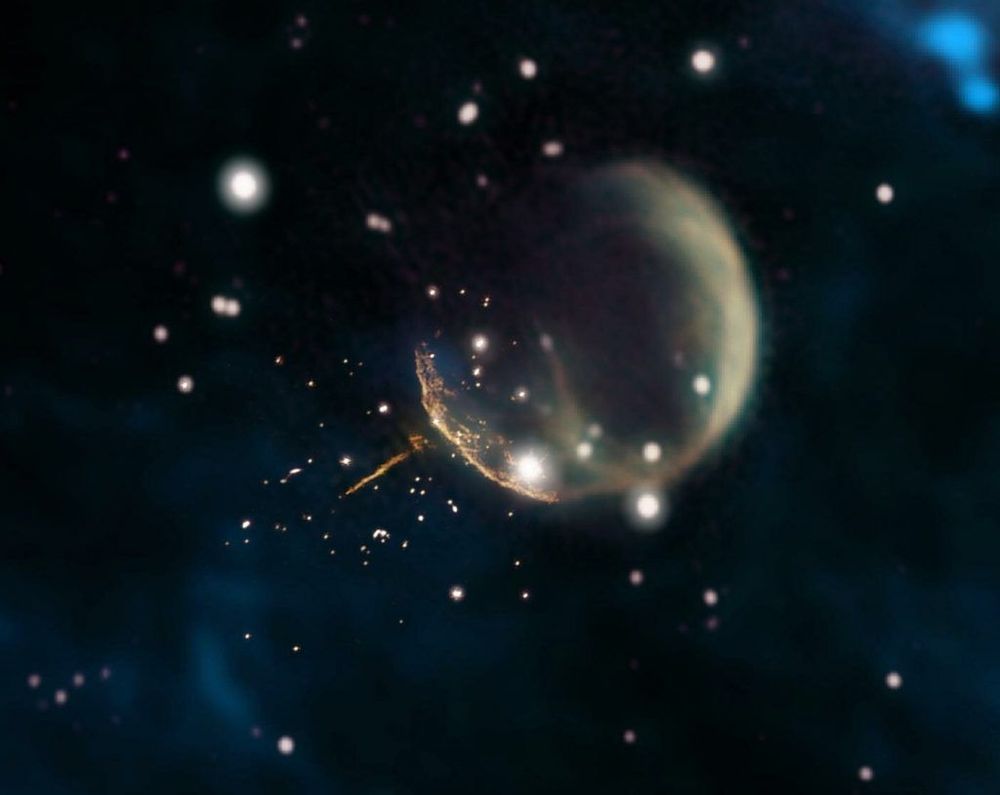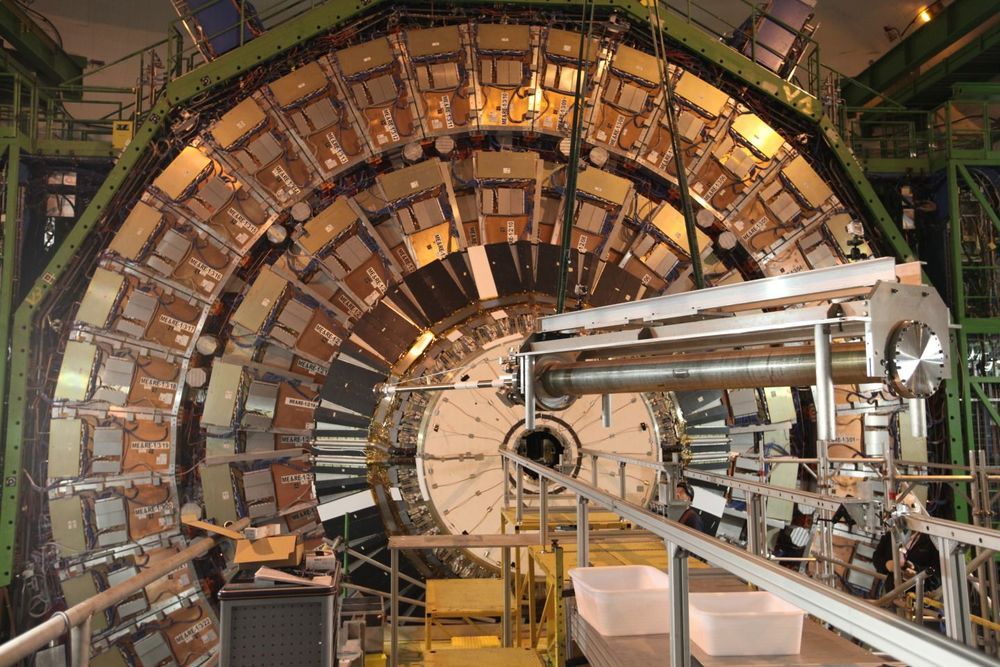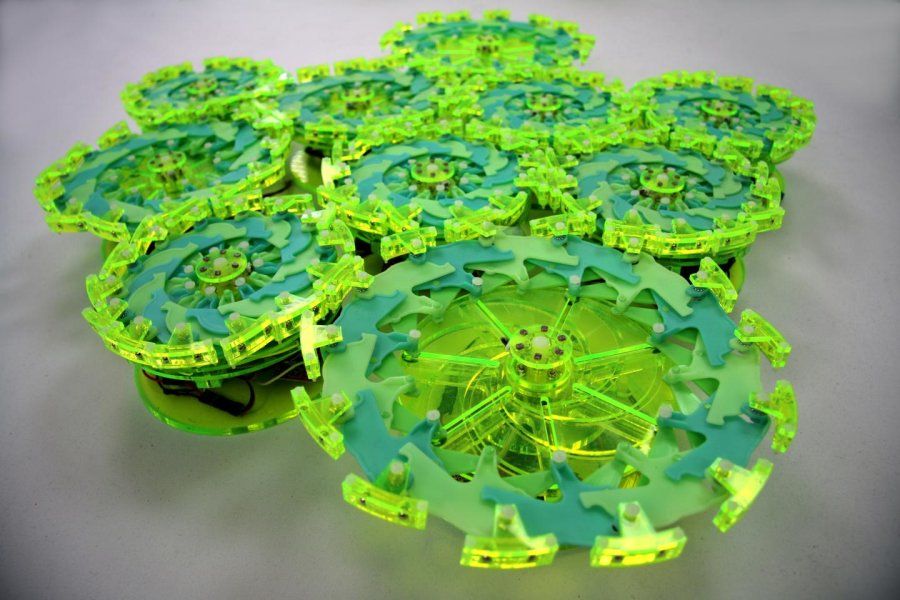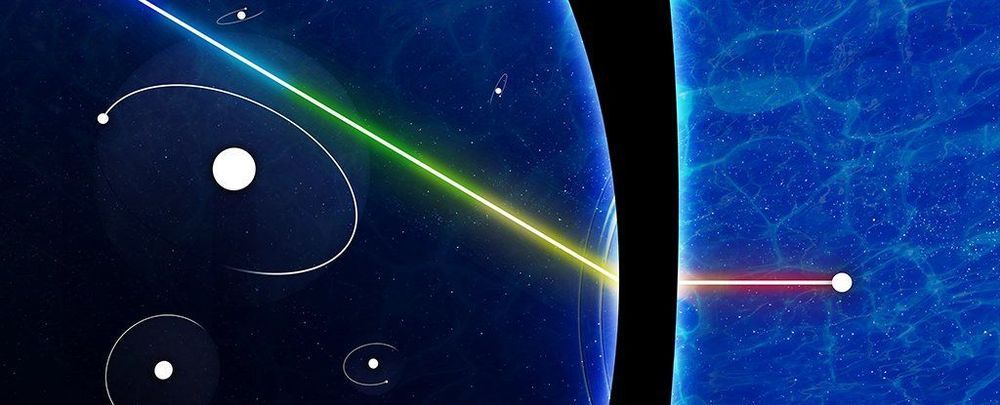Mar 22, 2019
CERN Just Got Closer to Figuring Out Why Antimatter Hasn’t Annihilated Everything
Posted by Shailesh Prasad in categories: cosmology, particle physics
Why do we exist? This is arguably the most profound question there is and one that may seem completely outside the scope of particle physics.
But our new experiment at CERN’s Large Hadron Collider has taken us a step closer to figuring it out.
To understand why, let’s go back in time some 13.8 billion years to the Big Bang. This event produced equal amounts of the matter you are made of and something called antimatter.
